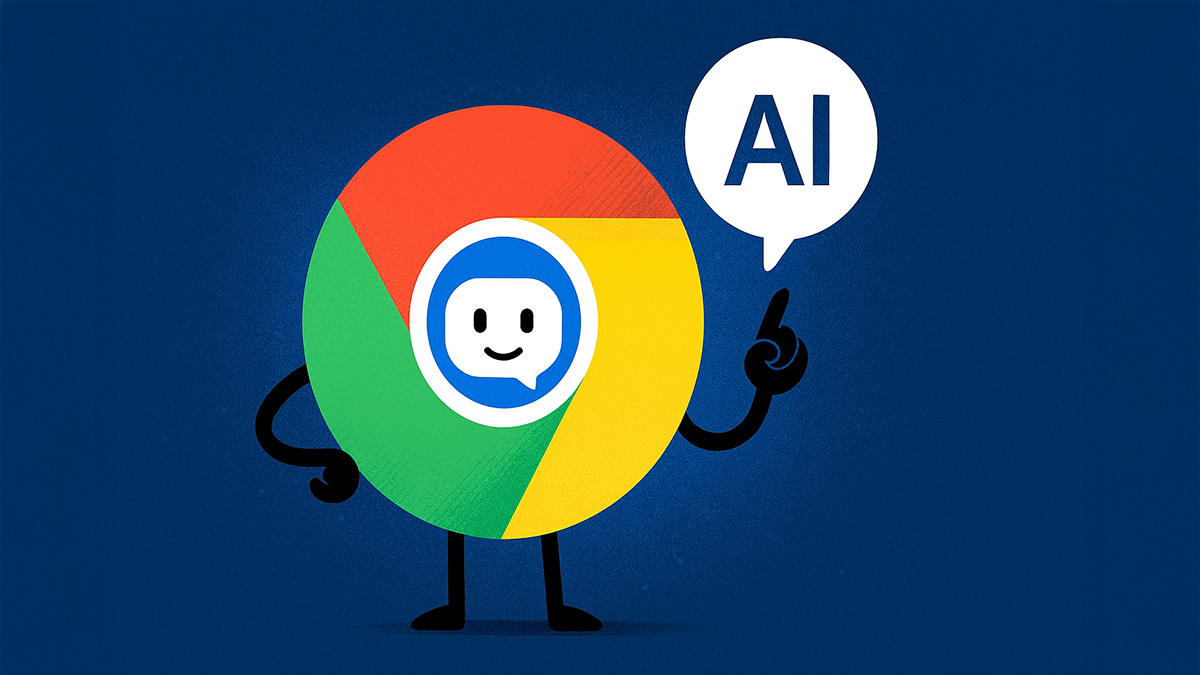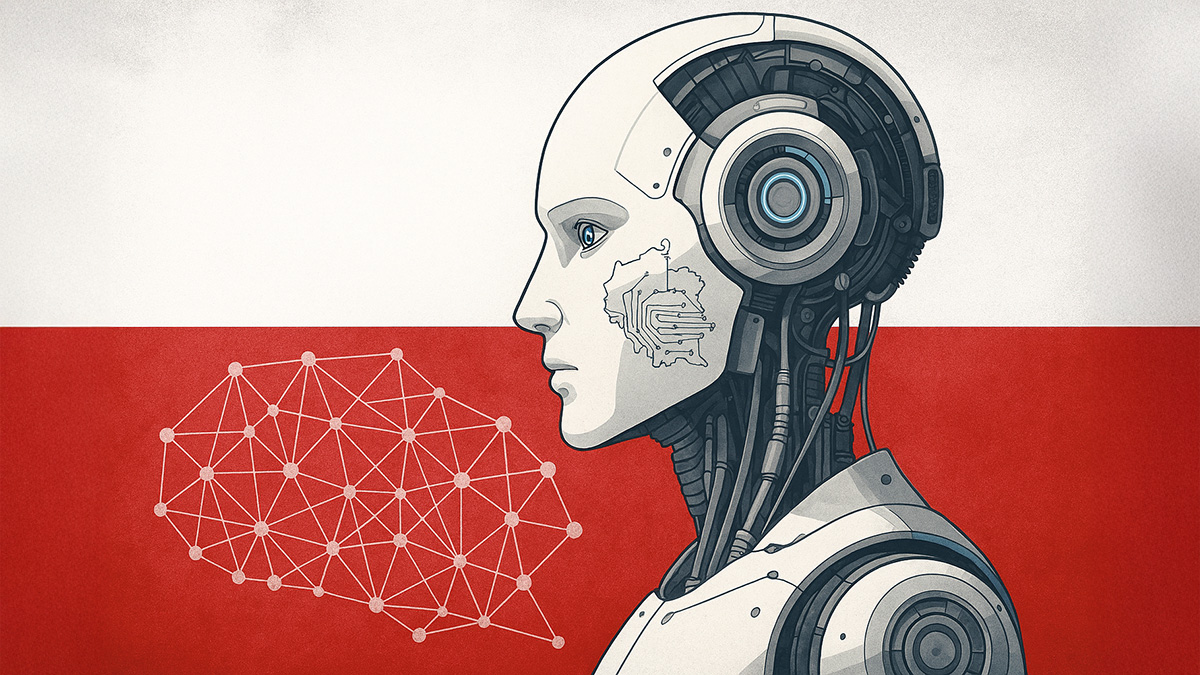- Android launch: OpenAI released the Sora app on Android on November 4, expanding availability beyond iOS. It’s live on Google Play in the U.S., Canada, Japan, Korea, Taiwan, Thailand and Vietnam. OpenAI Help Center
- No‑invite window: OpenAI has temporarily removed the invite requirement in select countries (U.S., Canada, Japan, Korea), letting new users sign in without a code. The Verge
- Free to download: The app is free on both App Store and Google Play; usage starts with included free generations, with optional paid credits when you hit limits (Android purchases rolling out later). OpenAI Help Center
- Fast iOS growth: After launching on iPhone in late September, Sora surpassed 1 million downloads in five days and hit the App Store’s top spot. TechCrunch
- Create videos with you or friends: Sora’s headline “cameo” feature lets you record and permission your likeness so you and friends can appear in each other’s clips. OpenAI
- New features: OpenAI recently added character cameos, video stitching, and in‑app leaderboards to drive remix culture. The Verge
- Safety & labels: Every Sora clip carries a visible watermark and C2PA provenance metadata; however, labels aren’t always preserved on other platforms. OpenAI
- Legal heat: Cameo, the celebrity‑video marketplace, has sued OpenAI over Sora’s “cameo” naming. Reuters
What’s new today—and why it matters
OpenAI’s short‑form AI video app Sora is now officially on Android, following its blockbuster iOS debut. The Android rollout widens access across seven markets and signals that OpenAI is treating Sora like a social platform, not just a lab demo. The Android release note also confirms that some iOS monetization options aren’t on Android yet, so early adopters on Android will primarily see the free, included usage at first. The Verge
Availability & regions (as of Nov. 5, 2025): OpenAI lists Sora app/Sora 2 support for U.S., Canada, Japan, Korea, Taiwan, Thailand, and Vietnam on web and mobile. Other regions—including the EU/UK—aren’t supported for the app yet. OpenAI Help Center
No invite code (limited time): In late October, OpenAI opened a time‑limited window that lets eligible users in select countries sign in without an invite; that no‑code window remains the simplest on‑ramp and dovetails with the Android launch. The Verge
What Sora is: a social, AI‑video studio in your pocket
Sora turns a text prompt (or an image/video seed) into a short clip with synchronized audio. The app revolves around a TikTok‑style feed and remix culture: you can cast yourself into scenes (with consent) via “cameos,” remix other users’ videos, and now string clips together with basic stitching. Character cameos let you create reusable avatars (pets, sketches, original characters) with granular permission controls—private, mutual followers, or public. OpenAI
OpenAI positions Sora as a creative watershed. “This feels… like the ‘ChatGPT for creativity’ moment,” OpenAI’s Sam Altman wrote at launch. Sam Altman
Free to download—how pricing works
- App pricing: Sora is free to download on iOS and Android. App Store
- Usage: You get included free video generations. If you hit limits, OpenAI now sells credits you can buy à la carte (on iOS today; Android purchases rolling out after launch). The rate card varies by length/resolution and model tier. OpenAI Help Center
Growth: from viral iOS debut to Android expansion
Sora’s momentum has been unusually quick for a brand‑new social‑creation app. The iOS version hit 1M downloads in under 5 days, with Sora’s head Bill Peebles noting the team was “working hard to keep up with surging growth.” TechCrunch
“sora hit 1M app downloads in <5 days, even faster than chatgpt,” Peebles posted. X (formerly Twitter)
It also briefly topped Apple’s free charts, outpacing other buzzy AI apps. Business Insider
How the “cameo” system works—and why consent is central
When you join, Sora walks you through verifying your likeness to create a personal cameo. You decide who can use it and can revoke access or remove videos that include you. The new character cameos extend this to fictional/original personas, with permission controls separate from your real‑world likeness. OpenAI Help Center
Safety, watermarking and deepfakes: what you should know
OpenAI says every Sora video carries a visible moving watermark and C2PA provenance metadata (“Content Credentials”). That’s meant to help viewers and platforms identify AI‑generated media and trace origin. OpenAI
But independent testing shows platforms don’t consistently surface these labels when Sora clips are reposted. The Washington Post found only YouTube displayed any disclosure—and it was buried in the description—while other platforms stripped metadata entirely. The Washington Post
Experts argue the burden shouldn’t fall on users:
“People should know if the content they’re consuming is or is not using generative AI,” said Ben Colman, CEO of Reality Defender. The Verge
Adobe’s Andy Parsons told The Verge the industry is making progress but transparency needs to be “more visible online.”
The Verge
Legal and policy backdrop: “cameo” name fight, rights holders and revenue
OpenAI’s decision to brand likeness‑based clips as “cameos” has drawn a trademark suit from celebrity‑video platform Cameo, which alleges confusion and dilution. OpenAI counters that no one can claim exclusive rights to the word “cameo.” The case could influence how AI platforms label synthetic appearances. Reuters
OpenAI has also signaled plans to give rightsholders more control and explore monetization for allowed character or personality cameos over time—another sign Sora is evolving into a creator economy platform. The Verge
What’s new in Sora 2—and what’s coming next
The current model (Sora 2) emphasizes realism, instruction‑following and social workflows (“cameos”). Recent app updates added character cameos, stitching for multi‑scene stories, and leaderboards. On the roadmap, OpenAI has started rolling out storyboards on the web and longer clip options (e.g., 15s/25s in some contexts), with different usage costs and limits. OpenAI
Getting started (iOS & Android)
- Download the app: iPhone via the App Store (free); Android via Google Play (free). Availability is limited to supported regions. App Store
- Sign in with your OpenAI account; during the current promotion in select countries, you may not need an invite code. Tom’s Guide
- Create your cameo (optional): record a short verification video to control how your likeness can appear—and who may use it. OpenAI Help Center
- Make a video: type a prompt, or upload a photo/video as a starting point; try stitching to connect scenes. OpenAI Help Center
- Watch limits: you’ll start with included free generations; if you hit limits, credits can extend usage (in‑app purchases already on iOS; coming to Android). OpenAI Help Center
The bottom line
Sora’s Android launch plus the no‑invite window removes the biggest barriers to trying OpenAI’s showiest consumer app yet. It’s free to download, fast to create with, and built for being in the video—not just behind it. But provenance labels and platform policies still lag the tech, and legal questions—from trademarks to likeness rights—are far from settled. If you try Sora, use the built‑in permission tools, keep watermarks intact, and be mindful of where and how you share.
Sources quoted & key reads
- Android launch & markets: OpenAI Help Center release notes; The Verge coverage. OpenAI Help Center
- No‑invite period: The Verge (Oct. 30 update); Tom’s Guide explainer. The Verge
- iOS growth: TechCrunch and Business Insider. TechCrunch
- App listings: App Store and Google Play. App Store
- Watermark/C2PA: OpenAI’s “Launching Sora responsibly” & “Getting started,” plus Washington Post test. OpenAI
- Feature updates: The Verge feature rollout; OpenAI release notes. The Verge
- Trademark lawsuit: Reuters. Reuters








